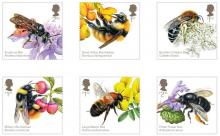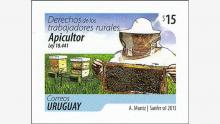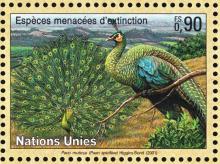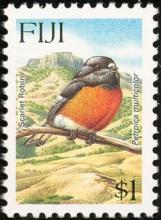Black tern decline in the Klamath Basin
- Lees meer over Black tern decline in the Klamath Basin
- Login om te reageren
Results from long-term monitoring efforts show that Black Tern (Chlidonias niger) population declines in the Klamath Basin are higher than declines previously documented for continental and regional populations. Results from a 10 year study conducted by Klamath Bird Observatory show a steady, sharp decline in numbers of Black Terns in the wetlands and open waters of Agency Lake and Upper Klamath Lake. According to a Black Tern conservation plan created in 2006, the desired population objective within the Great Basin — which includes the Klamath Basin — is 10,000 individuals.










